“To be converted one must first be convinced.”
Lailah Gifty Akita
- Teledermatology (TD) or Telemedecine for Skin Diseases is the use of Information & Communication Technology (ICT) applied to the diagnosis, treatment and management of dermatological conditions.
- Using ICT, dermatology can benefit greatly in a both effective and safe way.
- Convinced dermatologists and convinced patients have the biggest impact.
- In this article, I would like to share some of the actionable things I learnt adding this tool to my daily practice.
Pros and Cons
- TD is a useful tool to sort out common problems which results in:
- Convenient management solutions. TD reduces geographical barriers such as distance.
- Effective triaging of conditions which need to be handled at the office urgently or not.
- TD also also has disadvantages:
- It is easier to do real-time video consultations, thanks to increasing technological power.
- Thus online consultations can no longer be reduced to “store-and-forward” only.
- However store-and-forward remains a must moving forward for the following reasons:
- Picture Quality and Clinical History: without proper information there is little time to reflect:
- Videos still are not enough to obtain quality images and it is easy to miss questions.
- In that latter instance, it takes time to elaborate a questionnaire, but an effective usage subsequently allows to gather more information.
- Videos still are not enough to obtain quality images and it is easy to miss questions.
- Time Constraints:
- With a live consultation, it is easy to spend time not dealing with the specific issues required for follow-up:
- Lack of visibility and documentation.
- Thus consultation times increase to try to compensate for the lack of quality.
- Also time needs to be allocatted to live video consultations (specific time slots).
- Either online and “in-person” consultations are mixed together or separate.
- It’s difficult to keep to time…wasting a lot of it and subsequently generating stress for practitioners.
- Also in my experience it is not easy for patients to wait to long for online appointments. A few days tend to be acceptable: a few days, maybe a few weeks, but definitely not a few months as it can be the case for “in-person” appointments.
- With a live consultation, it is easy to spend time not dealing with the specific issues required for follow-up:
- Picture Quality and Clinical History: without proper information there is little time to reflect:
- You can provide an objectively accurate expert opinion using this method:
- Give a management recommendation.
- Request for more information to complete the request.
A service to our patients
- Since the pandemic, you can all see that digitization is here to stay because it’s convenient. For example consulting patients can often be done remotely (not always).
- It’s advisable for the dermatologist to check in advance with the patient if communicating remotely is an option.
- When it comes to me in practice: I do not provide consultations for new patients, but to existing ones only.
How I do it.
- Before seeing the patient, I ask the patient to send his complaint using store-and-forward Teledermatology.
- I use an App (LINK) and give my code to the patient.
- No other information is shared so I ask the patient to send me an email at the same time he or she submits a request.
- I use an App (LINK) and give my code to the patient.
- After reviewing and replying to the case, I schedule a video call with the patient to go over the findings, conclusions and management plan.
- It is also the time for non-factual communication, something which has a tendency to be missing in general.
I hope you’ll find this article useful ! Comments welcome.
References
1 Article on Teledermatology use published in EADV Newsletter (Summer 2020)
2 App (Android and iOS)







